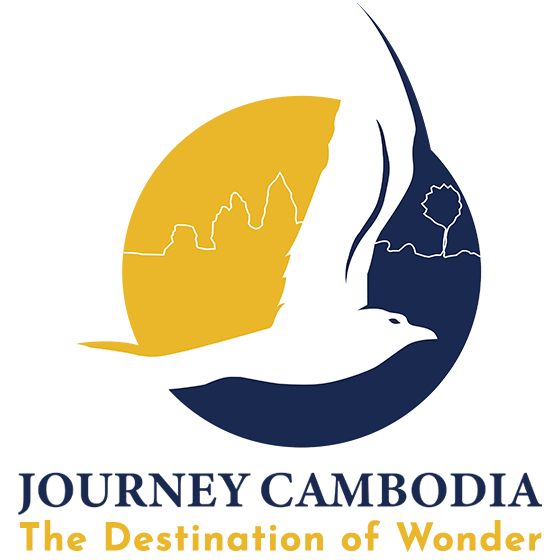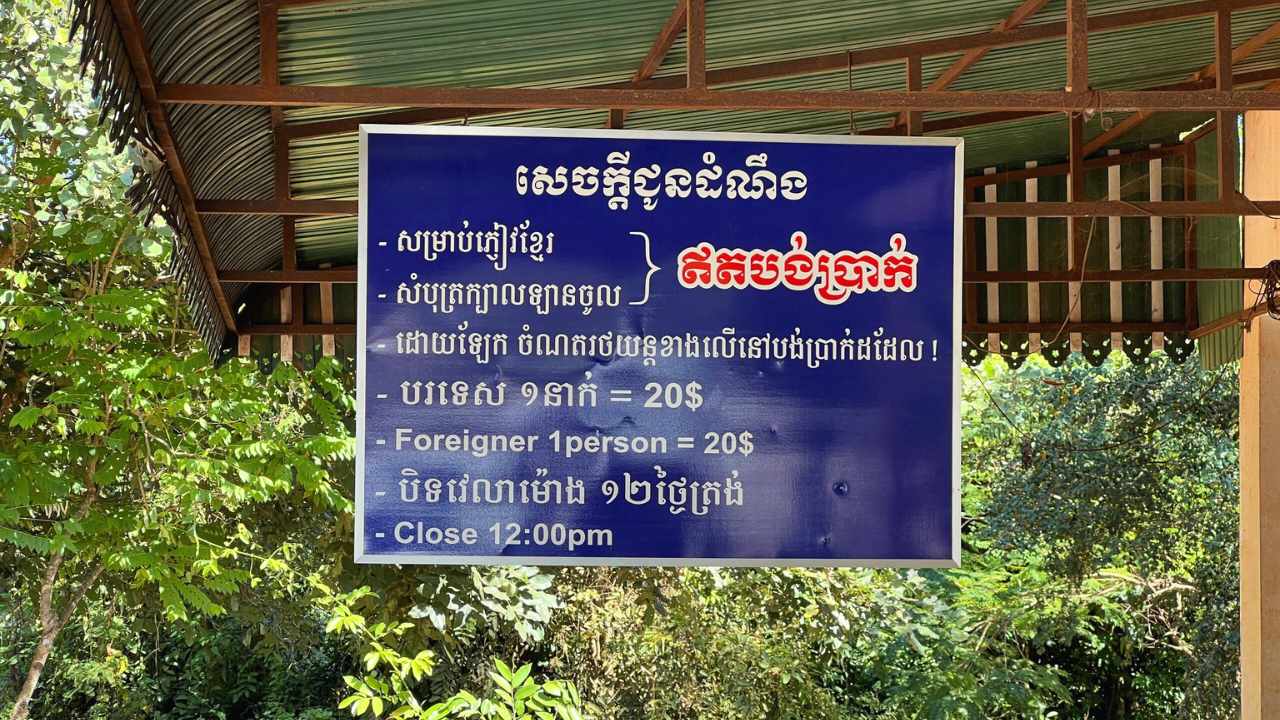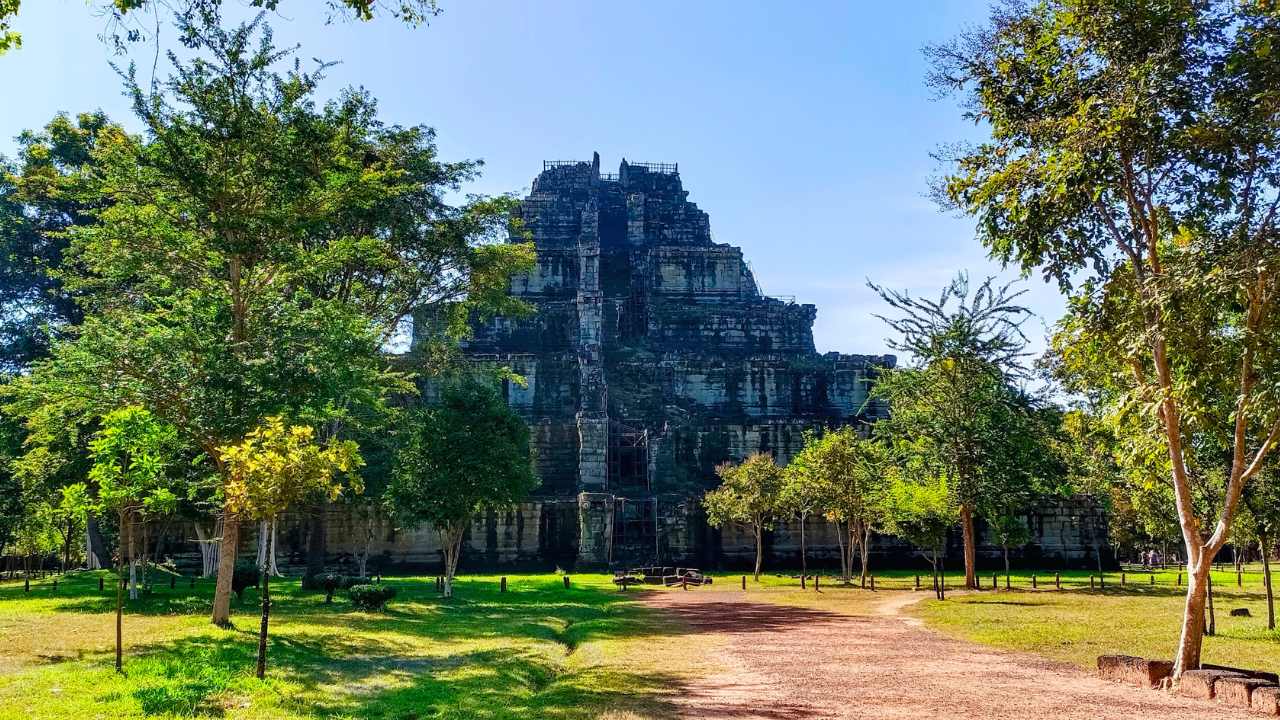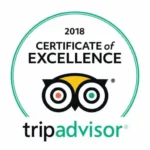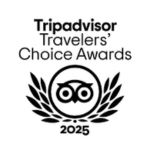Our Blog
Things to Do in Cambodia
How do I get to countryside sunset spots in Siem Reap?
How do I get to countryside sunset spots in Siem Reap? Reach quiet countryside roads and open rice fields in under 10 minutes and leave ...
Things to Do in Cambodia
Countryside sunset viewpoint Siem Reap – Where is the best sunset viewpoint in Siem Reap countryside?
The Quiet Sunset Spot Near Siem Reap Most Visitors Miss Baitang Siem Reap: The Countryside Sunset Viewpoint Siem Reap Travelers Reach in Under 15 Minutes ...
Blog
Can You Pay by Card at Kulen Mountain?
Can You Pay by Card at Kulen Mountain? Quick Payment Guide 2026 Bring the right money once and walk straight in with zero stress. One ...
Blog
Top 4 Temples for First-Time Visitors to Angkor
Top 4 Temples for First-Time Visitors to Angkor Top 4 Temples for First-Time Visitors to Angkor That Save Time and Skip Stress See the Top ...
Blog
Koh Ker Authentic Temple Exploration – Did You Love Experience Angkor Wat before the crowds? Koh Ker offers authentic temple exploration without the tourist masses!
Koh Ker Authentic Temple Exploration – Walk giant stone towers in total peace with Koh Ker without the tourist masses and keep every moment to yourself! ...
Blog
1-Day vs 3-Day Angkor Pass – Which Is Right for You? Grab the pass that gives you more sights, better photos, and a smoother day.
1-Day vs 3-Day Angkor Pass – Which Is Right for You? Pick the pass that gives you more temples, more time, and zero stress. Choosing ...
Blog
Visiting Angkor Wat in January 2026: Weather, Crowds and What to Expect!
Visiting Angkor Wat in January 2026—Why this month feels like a cheat code for perfect temple adventures. One smart trip here in January can give you ...
Blog
Visiting Angkor Wat in December Will Change How You See Temples Forever
Visiting Angkor Wat in December – Cooler mornings, clearer skies, and the easiest walking days of the year all await you! Your December Angkor Wat ...
Blog
Angkor Corporate Travel Budgets vs Personal Vacation Spending: Why Group Economics Change Everything
Corporate Travel Budgets vs Personal Vacation Spending Companies spending just $40 more per person on team trips see what? Here’s the pricing secret tour operators ...
Blog
Your Sales Team Deserves Siem Reap – Incentive Travel Tours with JourneyCambodia
Incentive Travel Tours with JourneyCambodia Turn sales goals into Angkor adventures that reward, inspire, and create memories stronger than any bonus check. Incentive travel tours ...
